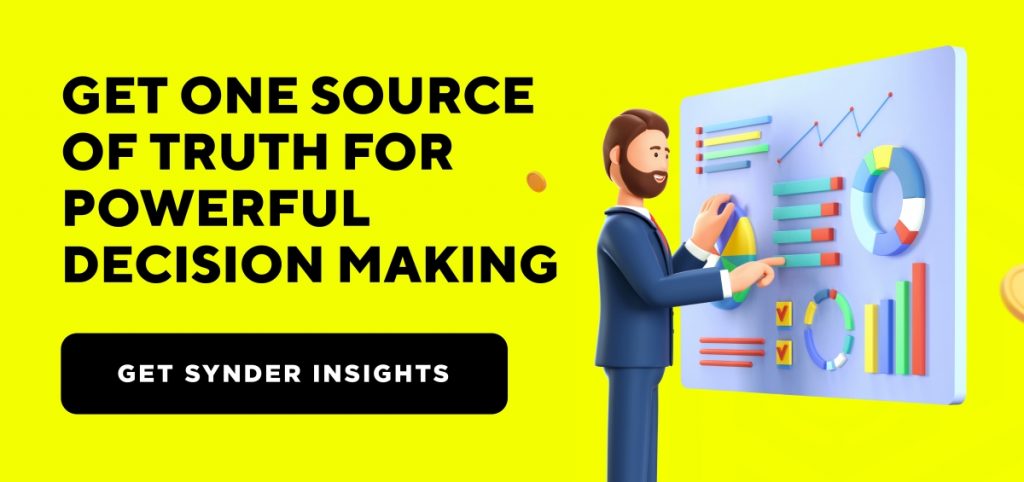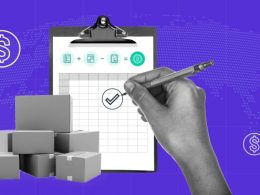🤔 What is the Time Between Purchases?
You know how great returning customers are for e-commerce businesses. With 27% of first-time buyers tending to return, and this number growing up to 54% after their second or third purchase, it’s great to leverage this readiness for your sales, encouraging customers to get back to you. But when is the right moment to re-engage them?
The time between purchases (TBP) is the very metric that gives you the answer. Using the TBP report, you can track it hands down.
Time between purchases displays how much time passed between two consecutive purchases of a customer within a certain period. It is one of the must-track customer retention metrics.
⚖️ How is the Time Between Purchases Report calculated?
To calculate it, you need to know the number of orders and unique customers within a given period. Dividing the number of orders by the number of unique customers, you’ll get the purchase frequency. Then, you’ll only need to divide your time (usually in days) by the purchase frequency within that timeframe. So the formula looks like this:
TBP=Time/(Number of orders/Number of unique customers)
Synder automatically puts together the necessary data, makes the calculation for you and displays it with a convenient report.
🔎 What do these numbers tell us?
The report allows you to see your customers’ buying behavior across your connected sales channels. You can also filter the data by sales platform, country, region (state), product name, or customer name for a more granular view.
Simply put, the report tells you how long, on average, it typically took your customers to make the repeat purchase, based on which you can tell how long it will likely take them to place their next order. So you can more confidently plan for your ad and outreach campaigns and expect better results.
📈 What can be done to grow sales based on these numbers?
Now, let’s look at some examples of how knowing your customers’ time between purchases can streamline your sales.
- Schedule efficient win-back campaigns to reactivate your one-time buyers.
Reactivation emails are a powerful tactic to increase your sales. However, they’ll take no effect if sent too early or too late, turning the campaign into a waste of time and marketing budget.
Use the TBP data to schedule reactivation emails to hit inboxes right about the time people naturally would come back to buy again.
For example, you know that people typically come back to buy from you five weeks after the first purchase. So you can schedule a “We miss you” letter with an incentive for coming back (kind of a discount) on the fourth week after the initial purchase.
- Personalize your promo ads to resonate with customers
Customer behavior can vary from platform to platform, and the one-fit-for-all promo campaign may work less effectively than those individually tailored for different platforms and groups of customers.
Filter the report by sales platform for a more detailed view of your customers’ time between purchases on different channels. Use this data to plan your promo campaigns to fit the moment people are ready to get back to shopping.
A pro tip: You might want to dig deeper and combine the TBP report with other product reports to segment customers by the type of products they have bought. Then you can make use of the Products Most Purchased Together report to see what people typically buy with those types of products. Use it for highly personalized promo campaigns that resonate with your customers and encourage more sales.
- Avoid the negative effect of discounts.
Sales discounts are a fail-proof way to get customers’ attention and boost sales in the short term. However, relying too much on discounts to drive sales can have the opposite effect and lower your revenue in the long run.
Overusing discounts, you’re inevitably getting your customers into a habit of postponing purchases at the prospect of a discount, which will lower your profit margins. Besides (and it’s probably the worst), people may start questioning the quality of the products you sell and lose confidence in your business.
Analyze your time between purchases to find a suitable point and re-engage your customers with new arrivals or some featured products available when they’re ready to buy. Thus, you can benefit from the full potential of discounts, using them only when necessary.
Managing an e-commerce business should not be a matter of assumptions. Behind your sales, products, and customers, there are accurate numbers that should drive your decision-making.
Go with Synder Insights to learn your numbers and let them power up your sales!

.png)





